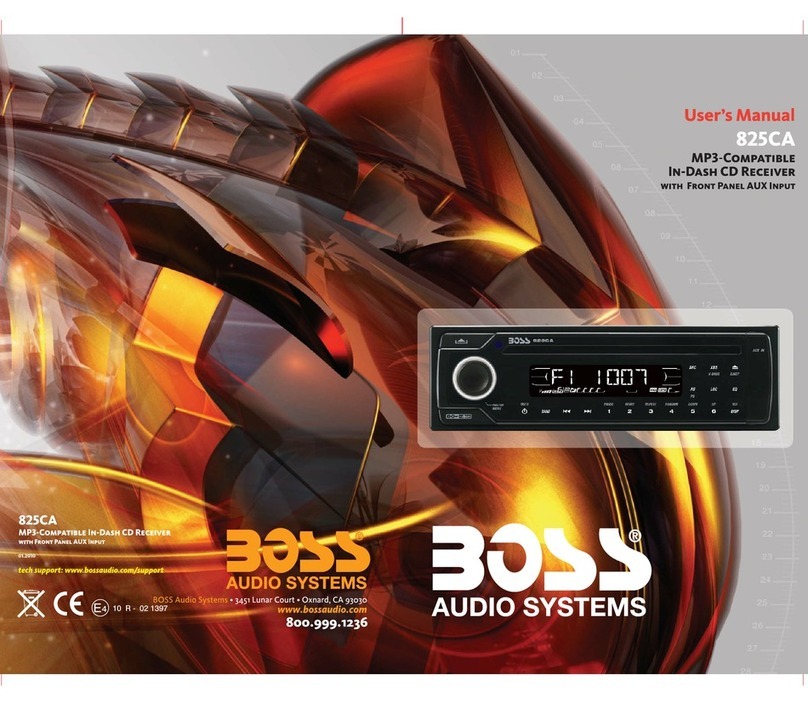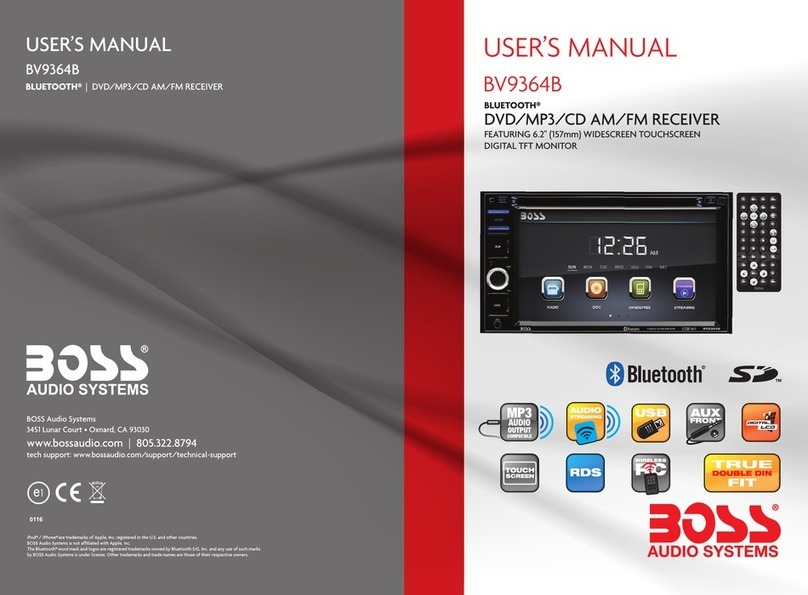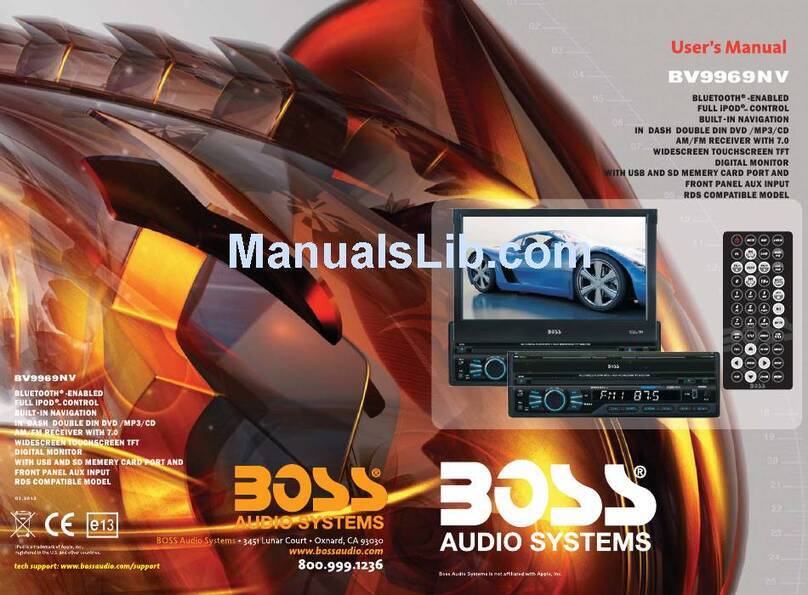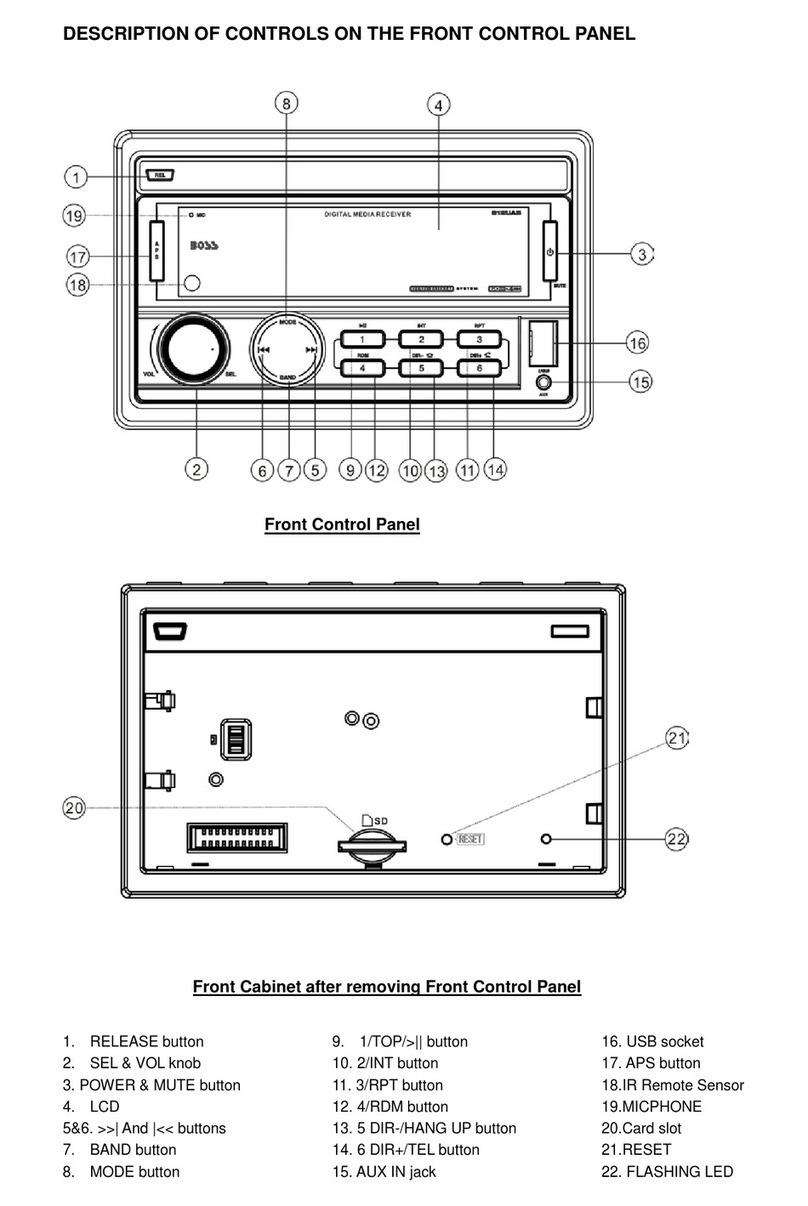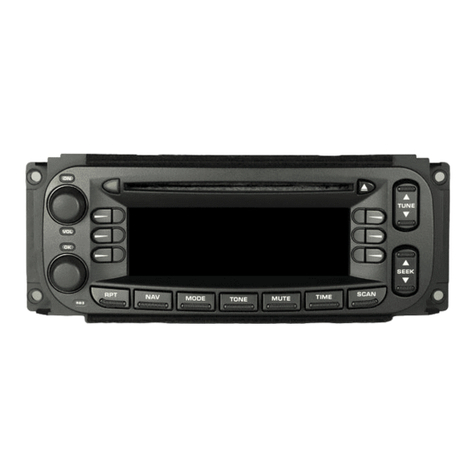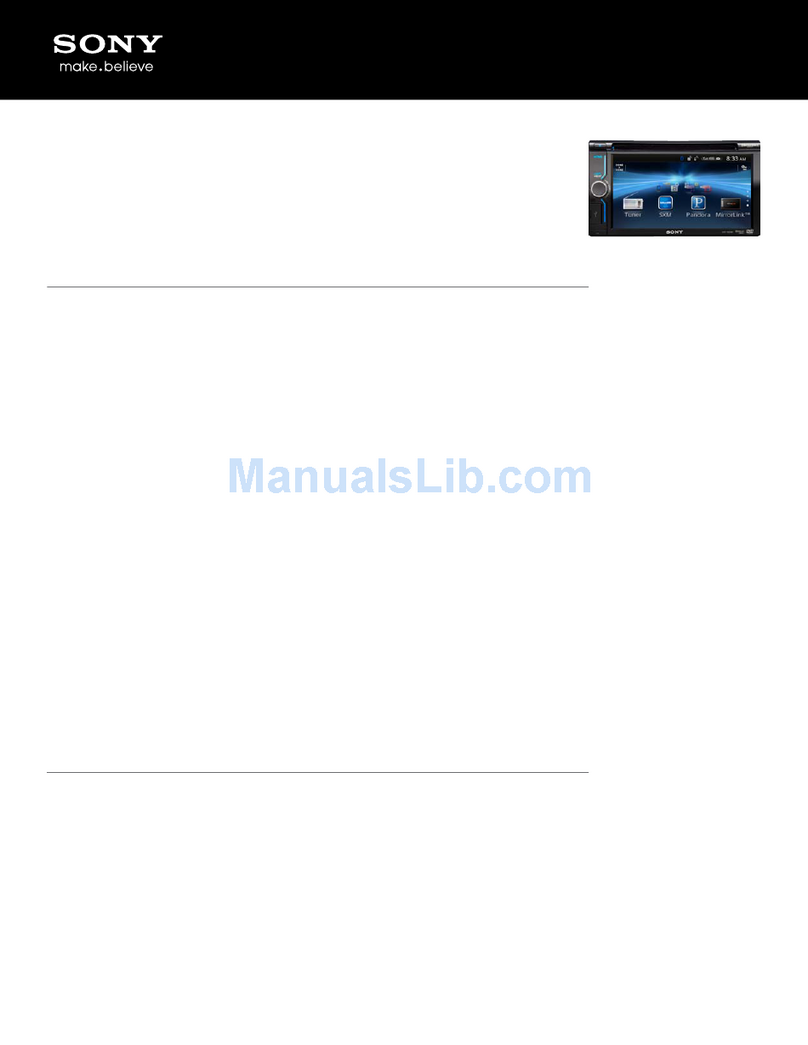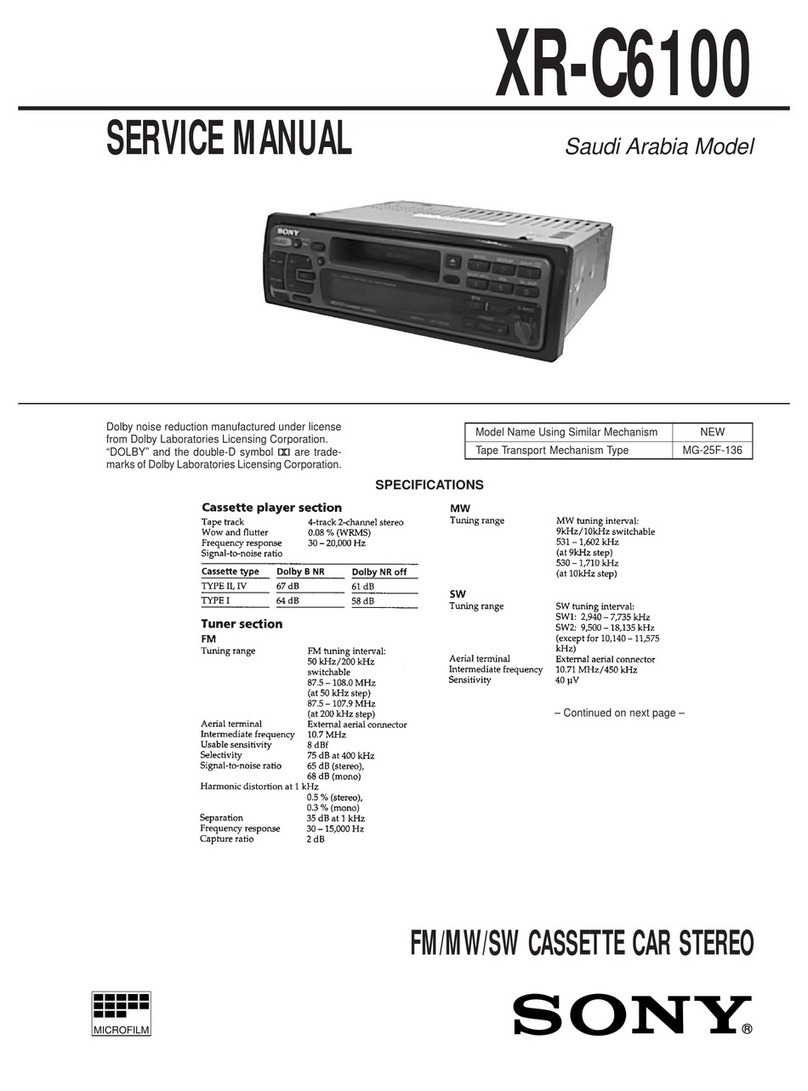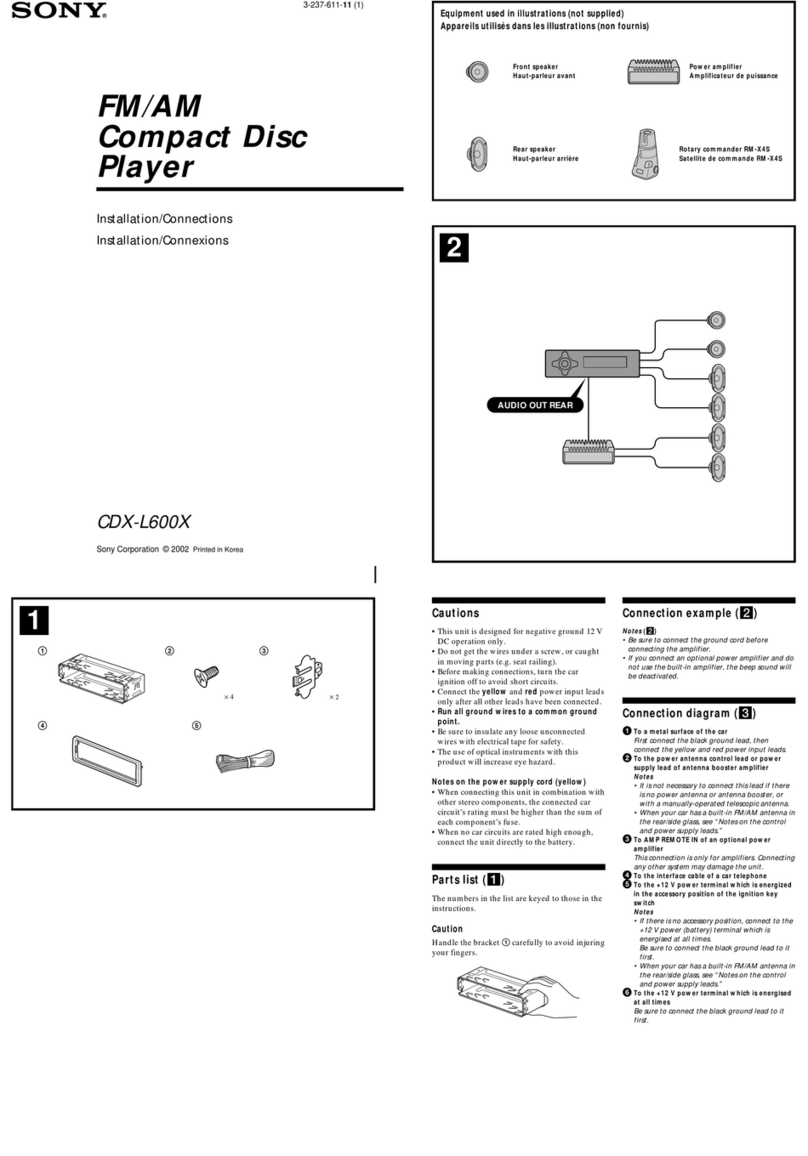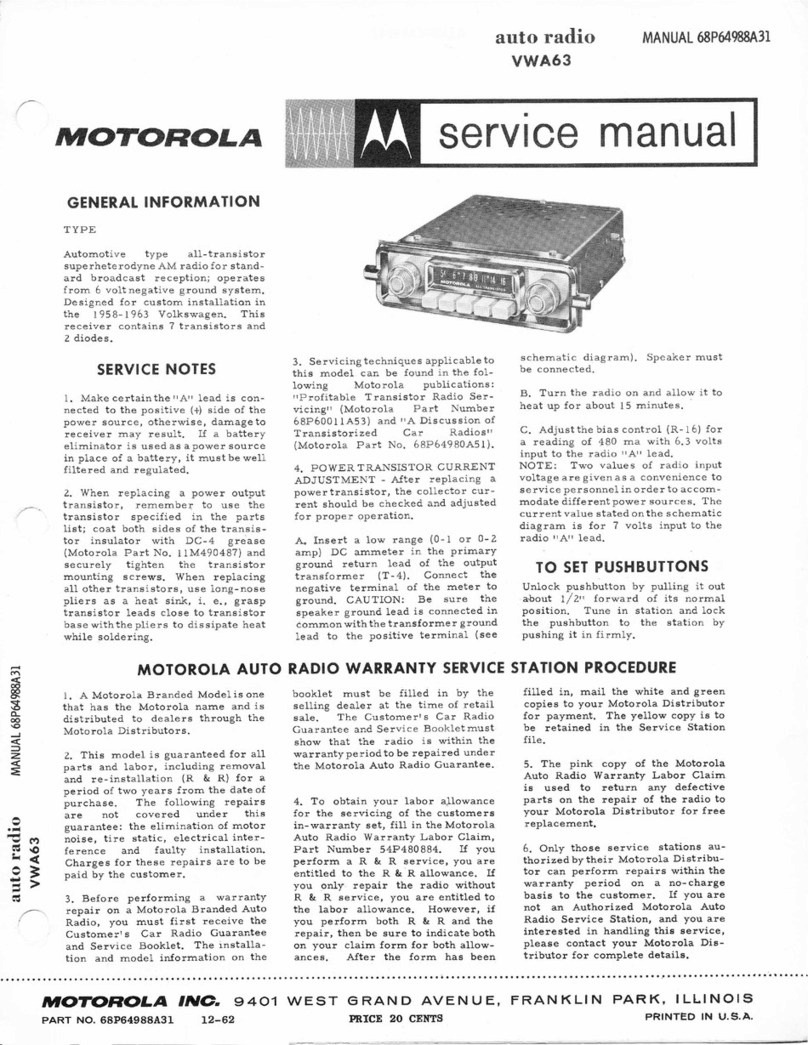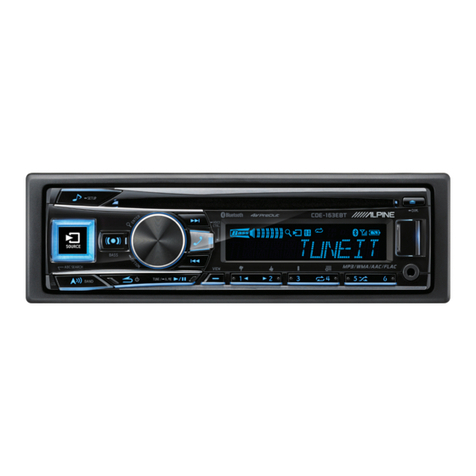Boss Audio Systems MR1400W User manual
Other Boss Audio Systems Car Receiver manuals

Boss Audio Systems
Boss Audio Systems 560BRGB User manual
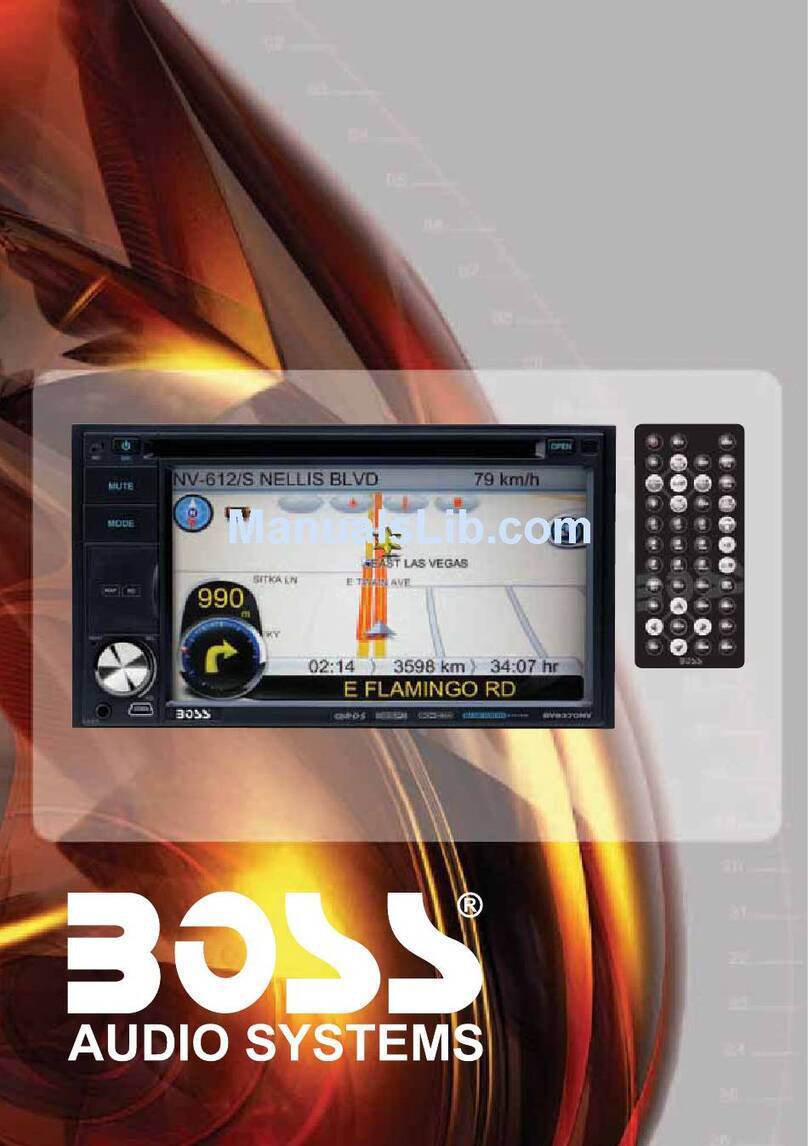
Boss Audio Systems
Boss Audio Systems BV9370NV User manual

Boss Audio Systems
Boss Audio Systems BV9996B User manual
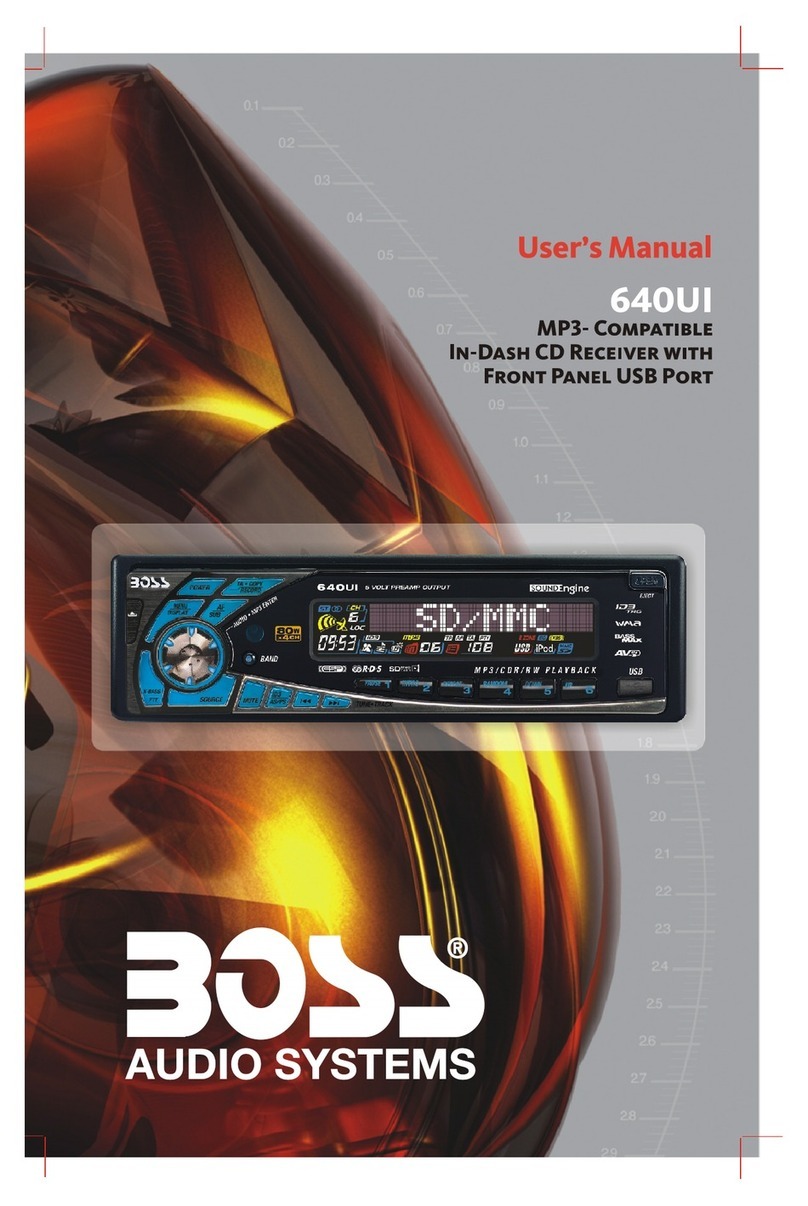
Boss Audio Systems
Boss Audio Systems 640UI User manual
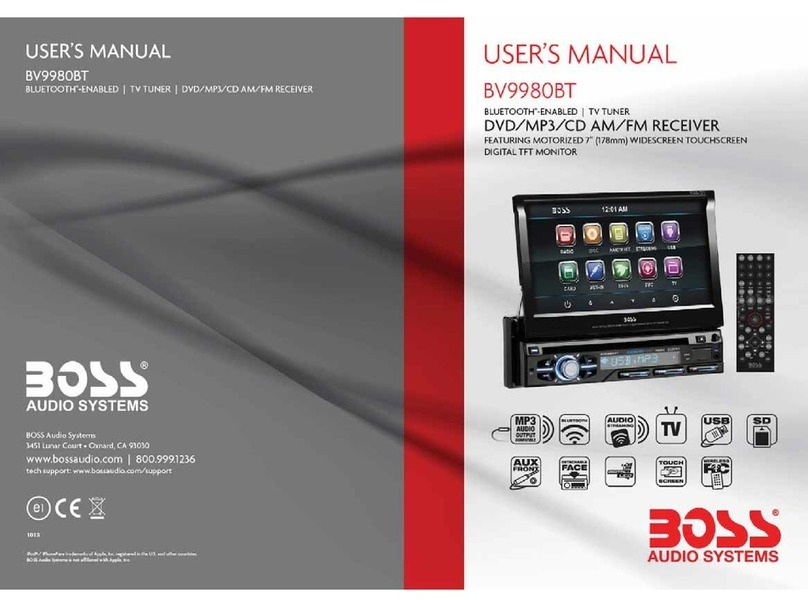
Boss Audio Systems
Boss Audio Systems BV9980BT User manual
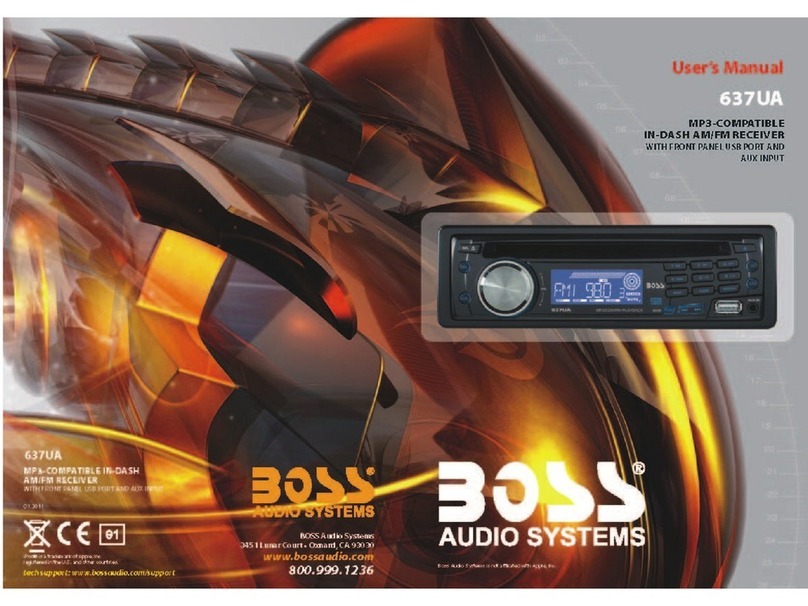
Boss Audio Systems
Boss Audio Systems 637UA User manual
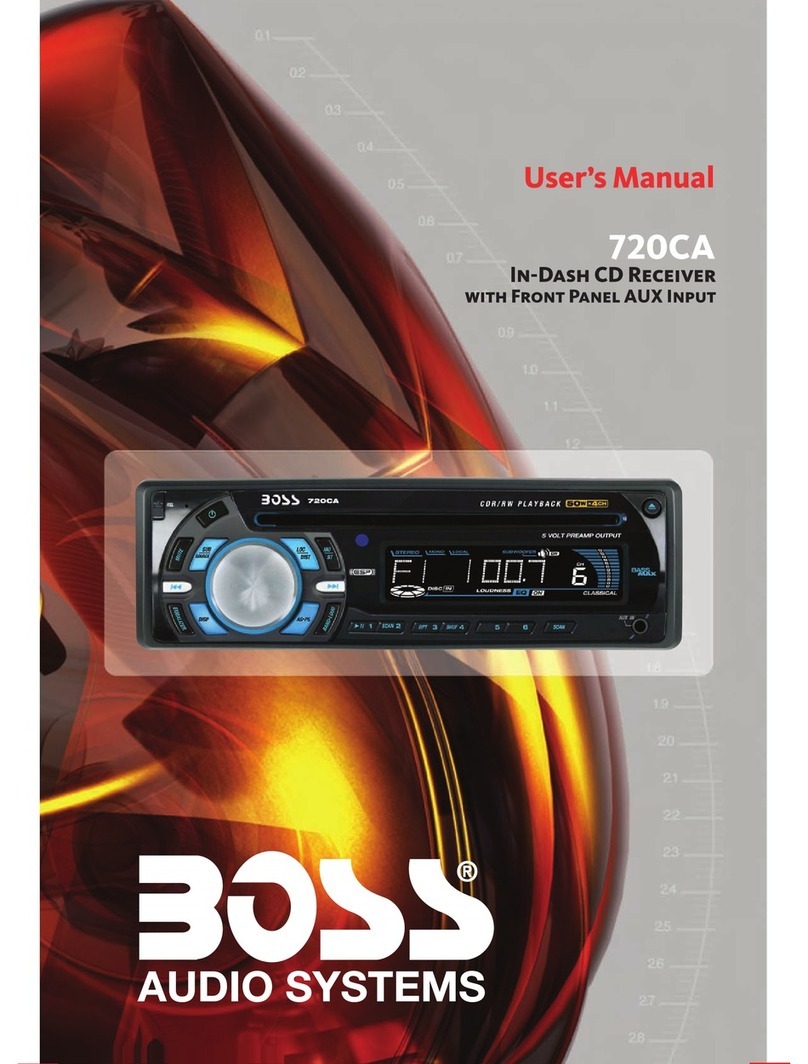
Boss Audio Systems
Boss Audio Systems 720CA User manual

Boss Audio Systems
Boss Audio Systems ELITE 455BRGB User manual
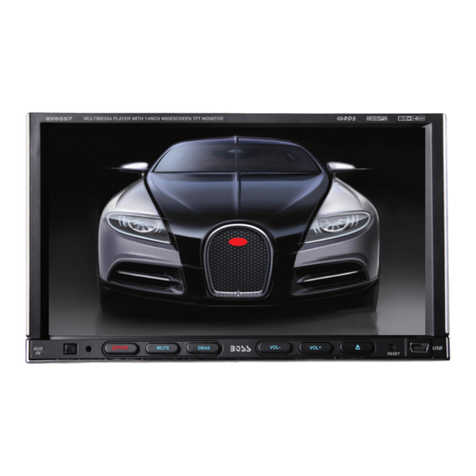
Boss Audio Systems
Boss Audio Systems BV9557 User manual
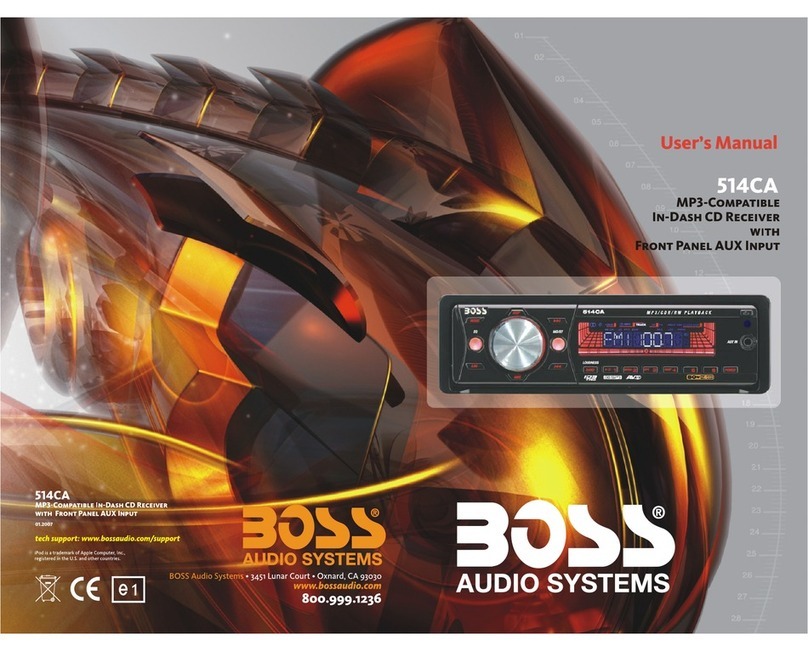
Boss Audio Systems
Boss Audio Systems 514CA User manual
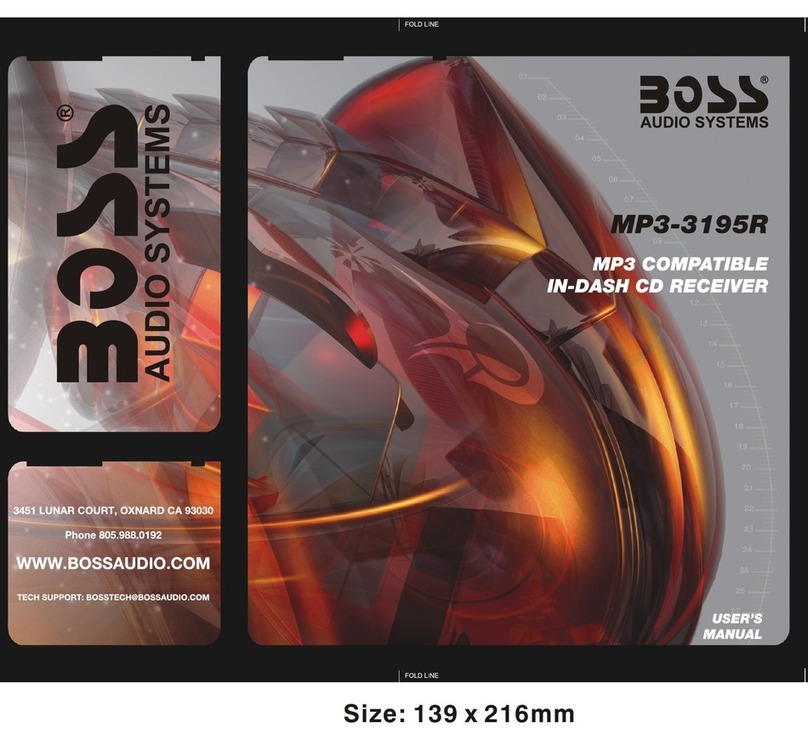
Boss Audio Systems
Boss Audio Systems MP3-3195R User manual

Boss Audio Systems
Boss Audio Systems 560BRGB User manual

Boss Audio Systems
Boss Audio Systems EC3002 User manual
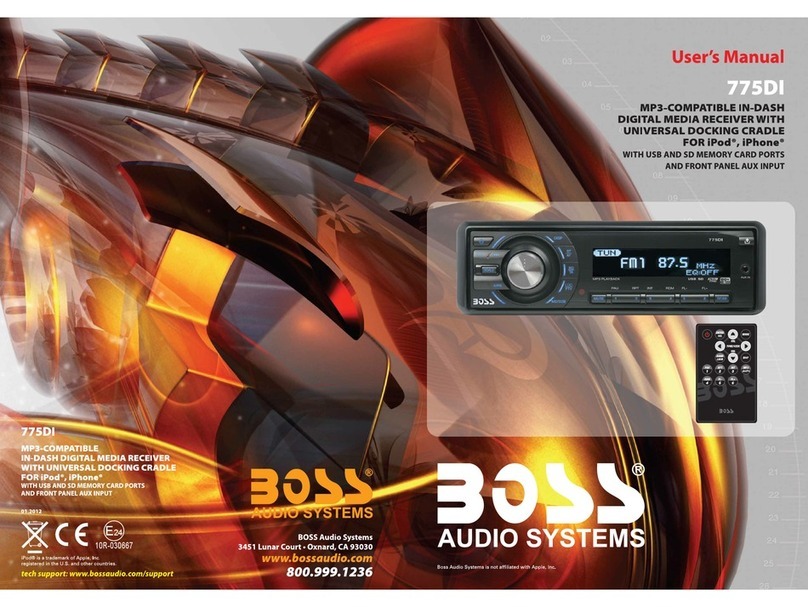
Boss Audio Systems
Boss Audio Systems 775DI User manual

Boss Audio Systems
Boss Audio Systems CD-3030R User manual
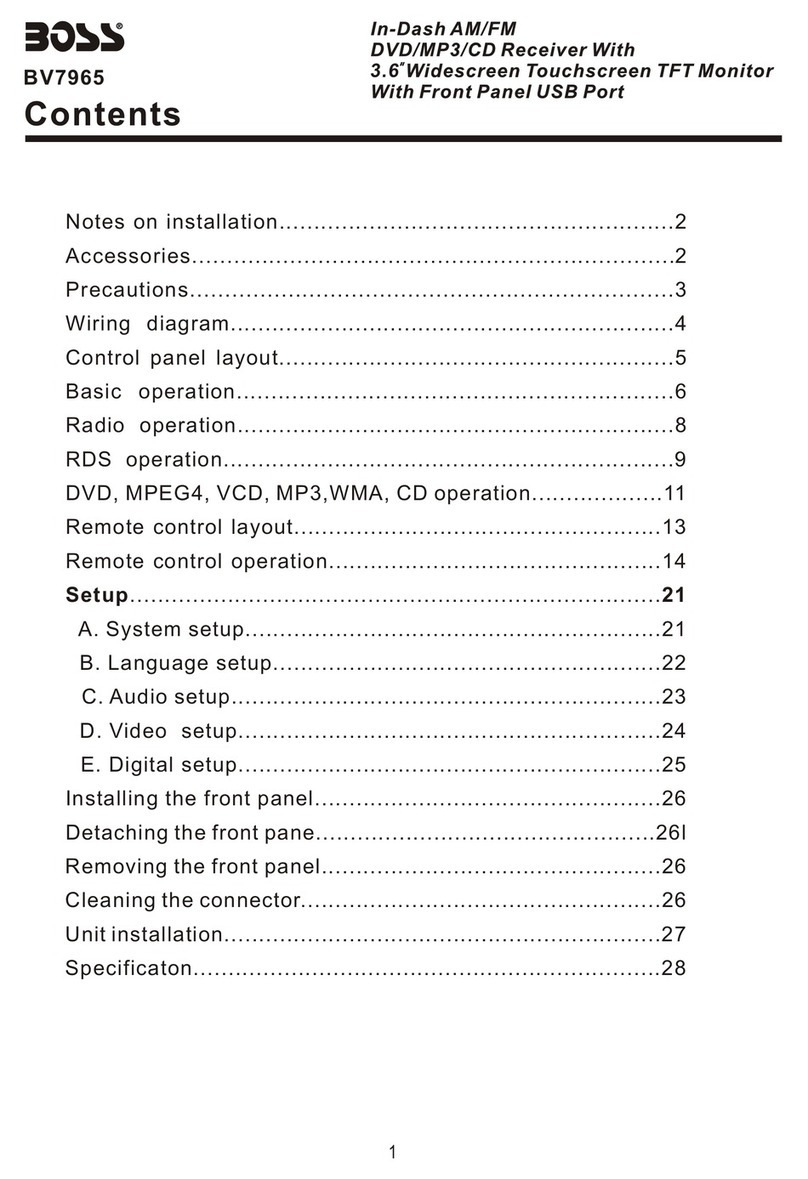
Boss Audio Systems
Boss Audio Systems BV7965 User manual
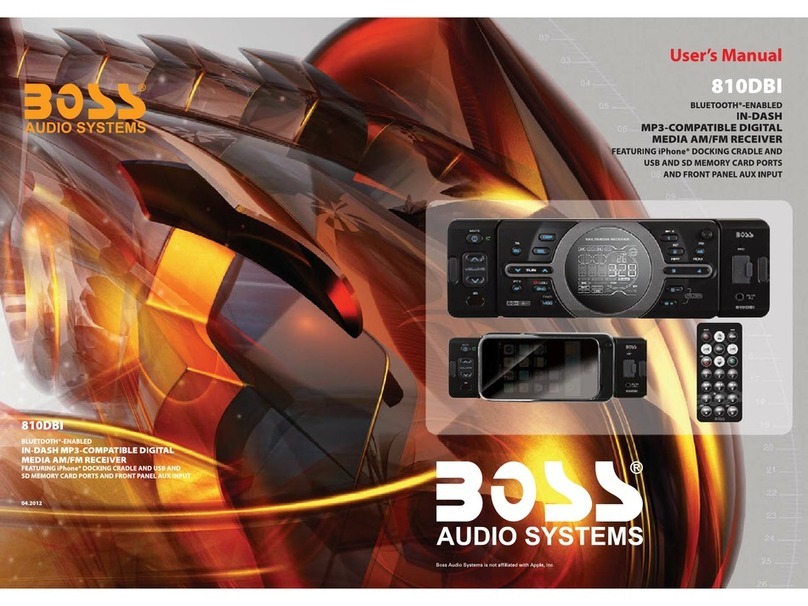
Boss Audio Systems
Boss Audio Systems 810DBI User manual
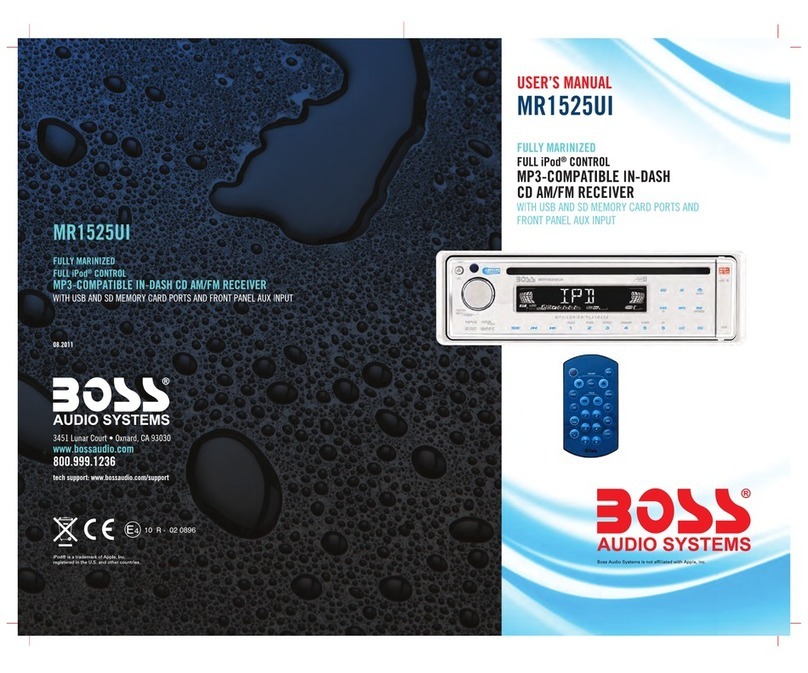
Boss Audio Systems
Boss Audio Systems MR1525UI User manual
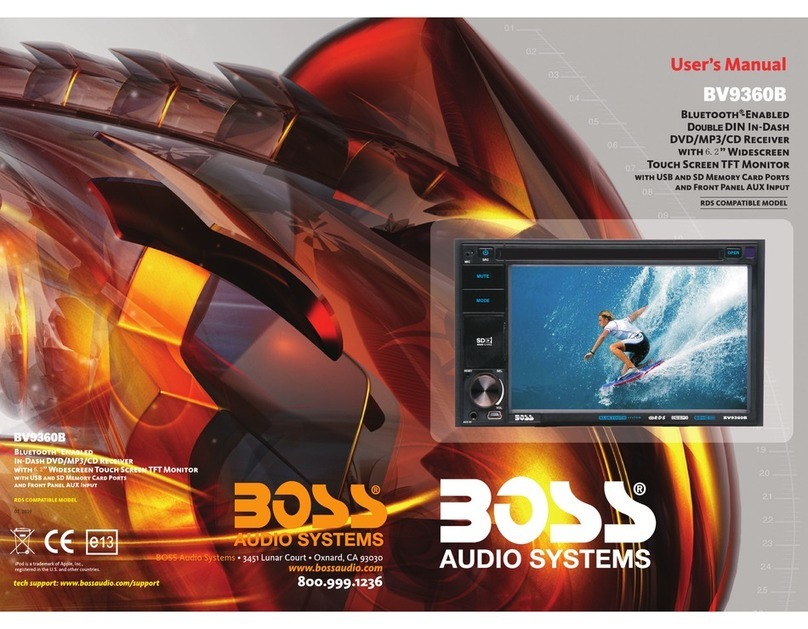
Boss Audio Systems
Boss Audio Systems BV9360B User manual
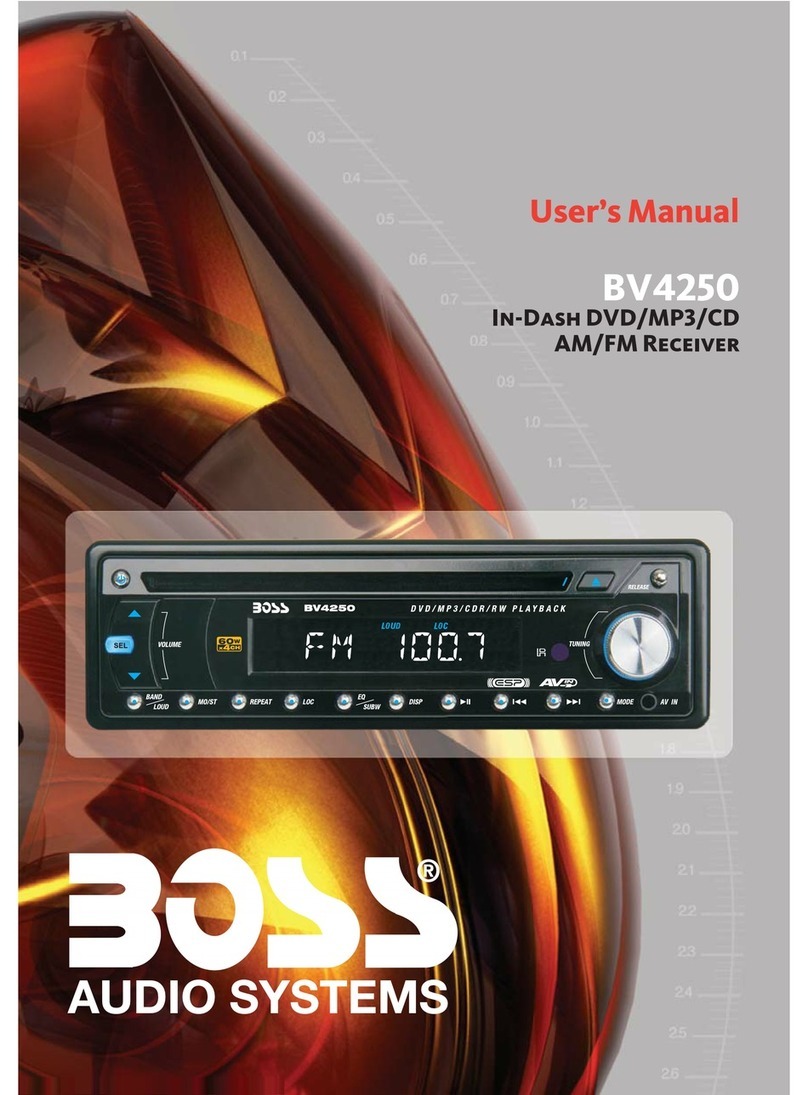
Boss Audio Systems
Boss Audio Systems BV4250 User manual
